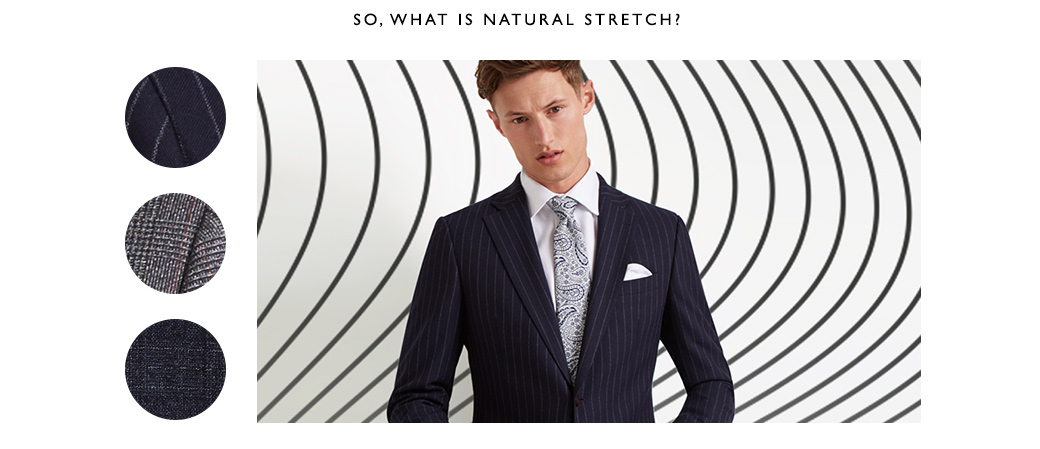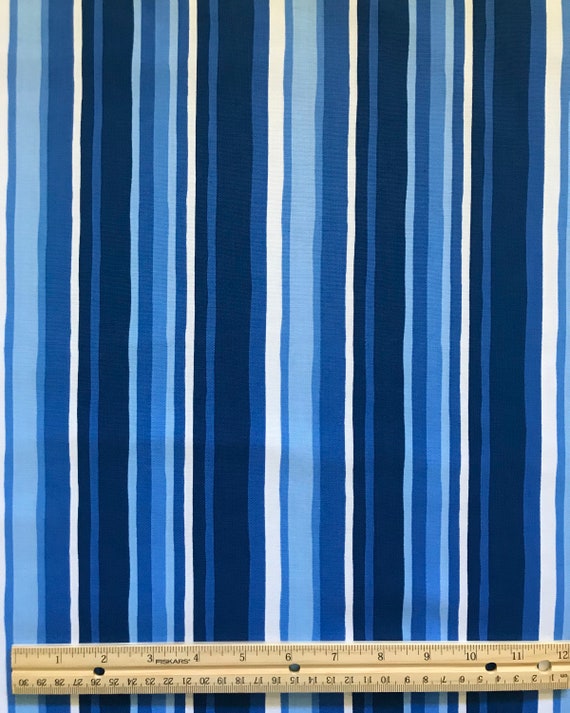The Best Strategy To Use For All 4 Way Stretch Fabrics
The Best Strategy To Use For All 4 Way Stretch Fabrics
Blog Article
All 4 Way Stretch Fabrics - The Facts
Table of ContentsThe Basic Principles Of All 4 Way Stretch Fabrics The 20-Second Trick For All 4 Way Stretch FabricsThe Ultimate Guide To All 4 Way Stretch FabricsA Biased View of All 4 Way Stretch FabricsUnknown Facts About All 4 Way Stretch FabricsAll 4 Way Stretch Fabrics for Beginners9 Easy Facts About All 4 Way Stretch Fabrics Explained
As I likewise desire UV protection from my garments when I go out, I would certainly choose a largely woven cotton fabric. Even the undergarments is much better in cotton (No spandex bands anywhere near the skin). Inspect out the most effective textiles ideal for making summer season garments. One more consideration when acquiring the fabric is the means it will certainly after cleaning.A secure bet would certainly be to get at the very least 10% additional material. If you can acquire preshrunk material, this is the best.

If you are matching the shade, like choosing the cellular lining for the major textile or choosing material to add as trim, this is particularly important. The material showrooms will usually have a light well where you can see the material in sunlight (or a home window with great light from outdoors).
All 4 Way Stretch Fabrics for Beginners

Many fabrics are regarding 44 vast. When you go to get fabric, quote how much you desire first and then go to the shop.
Some excellent deals can be had this means. In dressmaking, we get fabric by the yard/meter.
All 4 Way Stretch Fabrics Fundamentals Explained
In a quarter of a yard, you obtain a 9 by 44 strip of material, which is concerning 22 centimeters in length. According to the size of textiles, they may be called single-width and double-width.
Select materials that are not too difficult or stiff, or you wouldn't be comfortable in them. Bed linen, Jeans, flannel, For colder climates, pick woollen (100% as well as wool blends) woollen tweeds, woollen crepe; it essentially depends on what trousers you are talking about Tailored trousers, Unstructured Pant, Combined, Jeans.
Corduroy is comfy to put on textile to choose for trousers. All cotton textiles benefit children. You can choose a cotton satin stretch or a cotton twill or cotton satin or lawn. Knit textiles are also wonderful for children you can choose wool knits. Interlock knits are dressmaking knits that extend throughout the grain.
All 4 Way Stretch Fabrics for Beginners
Take a look at this message on the ideal fabric for clothing for children and youngsters for more detail on this subject. Lightweight cotton is my favorite to stitch skirts. Cotton yard cloth in attractive prints is wonderful. Silk jacket is an excellent fabric for sewing skirts, as is Ponte Roma knit material.
Drapey rayons, soft woollen, lycra blends, and stretch velvets are all suitable for stitching skirts. Wool (Woollen crepe has a terrific drape and offers adequate structure for jackets; wool tweeds are excellent as well), Linen & Flannel. Raw silk, satin, taffeta, velvet, Lace, silk chiffon, and Organza are all wonderful for making gowns.
You can acquire medium-weight textiles with some spandex/elastane added for a suitable bodycon-type dress. For drapey outfits, you can pick lightweight textiles. Jacket has a drapey fit like this. Crepe, challis, and charmeuse are all drapey textiles fit for this design. Examine out these blog posts: Ideal textile for making casual dresses and tops; Names of various gowns. Rayon, Acetate, and cotton lining materials are widely used.
Lightweight cotton material, Cambric, Chintz, Twill, Faille, Seersucker, Poplin, lightweight woven broadcloth, batiste, linen, eyelet are good for making t shirts and shirts. Silky satin fabric is good for making ventilated tops. When purchasing patterned fabric (many of the formed material comes with a size of 45 or 54 inches), there will be pattern repeat in these materials, and this need to be taken into consideration when cutting textile as well as buying them i.e., if you want to match the patterns at the joints.
Not known Details About All 4 Way Stretch Fabrics
This blog post has the names of all the checkered patterns and this, stripe patterns. The motifs will his explanation certainly be distributed in an organized style on the material. Yet you might discover in some cases If the print is not put on the textile properly, it can not be matched or lined up when built without distorting the textile and the hang of the garment.


The material weight is reliant on many aspects like the weave, fiber kind, etc and is generally represented by GSM. GSM can vary from 60 -700; 700 being the GSM of very top quality woolen fabric.
One point you have to keep in mind is that greater fabric weight does not signify greater material top quality. You can not choose high textile weight textile denim for a lightweight floating shawl.
In a nutshell, the most important standards to look for in the textile you acquire are as follows (https://www.quora.com/profile/Ray-Herrera-72). The number of threads per inch of textile (yarns-per-inch).
The Facts About All 4 Way Stretch Fabrics Uncovered
In premium textile, this equilibrium (either in numbers or in size) will always be maintained. Processes made use of on textile to boost appearance and performance.
A two-ply yarn is remarkable to a single-ply yarn.
If you are preparing to start a new embroidery job, choosing a material will certainly be one of the most crucial action as soon as you determine what you desire to make. After you've mosted likely to all the trouble and expenditure of getting the sewing device you enjoy, a pattern you like, and a textile you enjoy, you desire the ended up item to be a success, right? One method to complete that is to start by making sure your fabric is genuinely right for the project.
All 4 Way Stretch Fabrics for Dummies
For example, if you're making a quilt, you'll instantly desire to utilize quilter's weight cotton for finest results. What if you want to make a product of garments? How do you understand which material will provide you the very best result? Picking a material simply since you enjoy the print or layout on it isn't necessarily the very best method.
You understand. In order to prevent doing an entire task for essentially absolutely nothing, we've put together some ideas to assist you choose which textile is right for your project. Let's say you currently have a task in mind; just how do you find the appropriate fabric for it? One method is to take a look at similar products in storesor ones you already have.
Think of the features you want the finished product to have. Do you want a solid color or a print? If you are making a non-wearable product such as a pillow cover or pot holder, use a durable material such as canvas.
There is so much info out there about textiles, their features, and their uses, it can obtain to be overwhelming! So do not try to take it in all at the same time; just begin with the project available. Learn all you can regarding the fabric you make use of for this job.
Report this page